Mangroves are natural MVPs
9 Ways Mangrove Ecosystems Sustain Communities
Mangroves are often touted for their ability to mitigate storm surges and protect communities from hurricanes, typhoons and cyclones, which of course provide value in saving lives and reducing infrastructure damage. Yet on the flipside of their intrinsic value, these forests also provide benefits and income outside of extreme weather events that don’t require deforestation (mangroves are often used as building materials or fuel). Here are 9 other uses of mangroves that allow communities and coastal ecosystems to thrive.
Fishing sustainably is a major, and valuable, component to community livelihoods. Fish provide food, tourism opportunities, and income via sales to markets. Because mangrove trees grow around the world, there is a huge diversity of fish species that live among the roots including tilapia, grouper, catfish, mullet, and snappers (especially the aptly named “mangrove snapper”.)
Read about a sustainable fishing initiative in Papua New Guinea
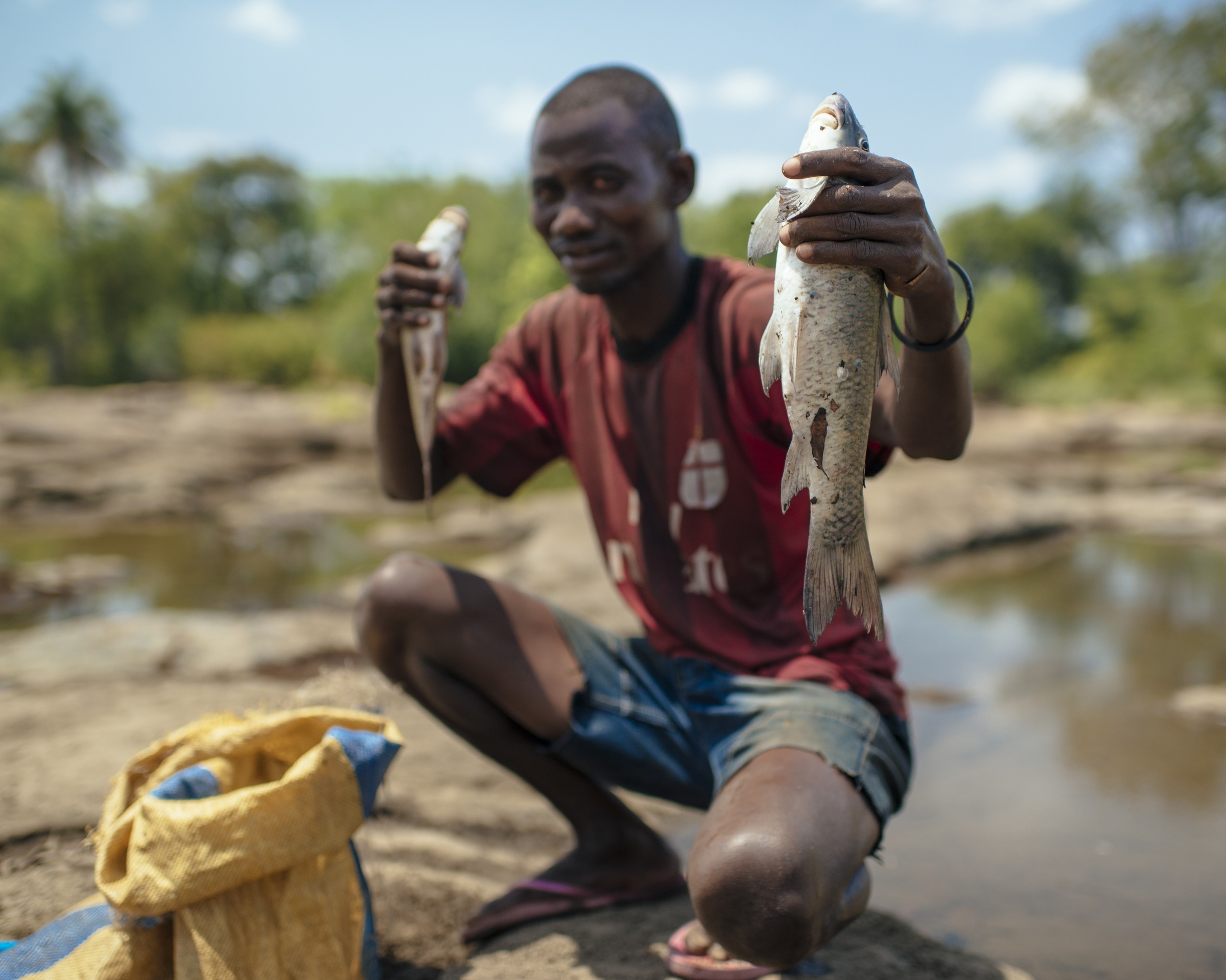
© Green Renaissance / WWF-US
While mangroves are often thought of as nurseries for fish, they are also home to a variety of insects, like bees! In 2014, the village of Nai Nang in the Krabi Province of Thailand partnered with Mangrove Action Project, who taught the community how to set up and run a sustainable mangrove honeybee production. The project now involves over 300 beehives that can produce up to 270 liters of raw honey. The produced honey is sold to other communities and visitors and serves as a job source for many local women. Like how the flavor of wine is very dependent on the variety of grape, honey flavor is very dependent on the flower source of pollen. Mangrove honey is said to have a salty-sweet flavor, influenced by mangroves’ saltwater environment
Mangrove beekeeping also supports sustainable beauty and skincare products. The huge marketing success seen with other bee-based beauty brands is a testament to the quality and range of products that can be generated from beekeeping. Balms, lotions, soaps, shampoos and conditioners are all skincare products that can utilize honey–which is anti-bacterial, moisturizing, and soothing, and beeswax–which is anti-inflammatory, thickens skincare products, and melts at body temperature. Choosing bee products is great for your skin and the environment.
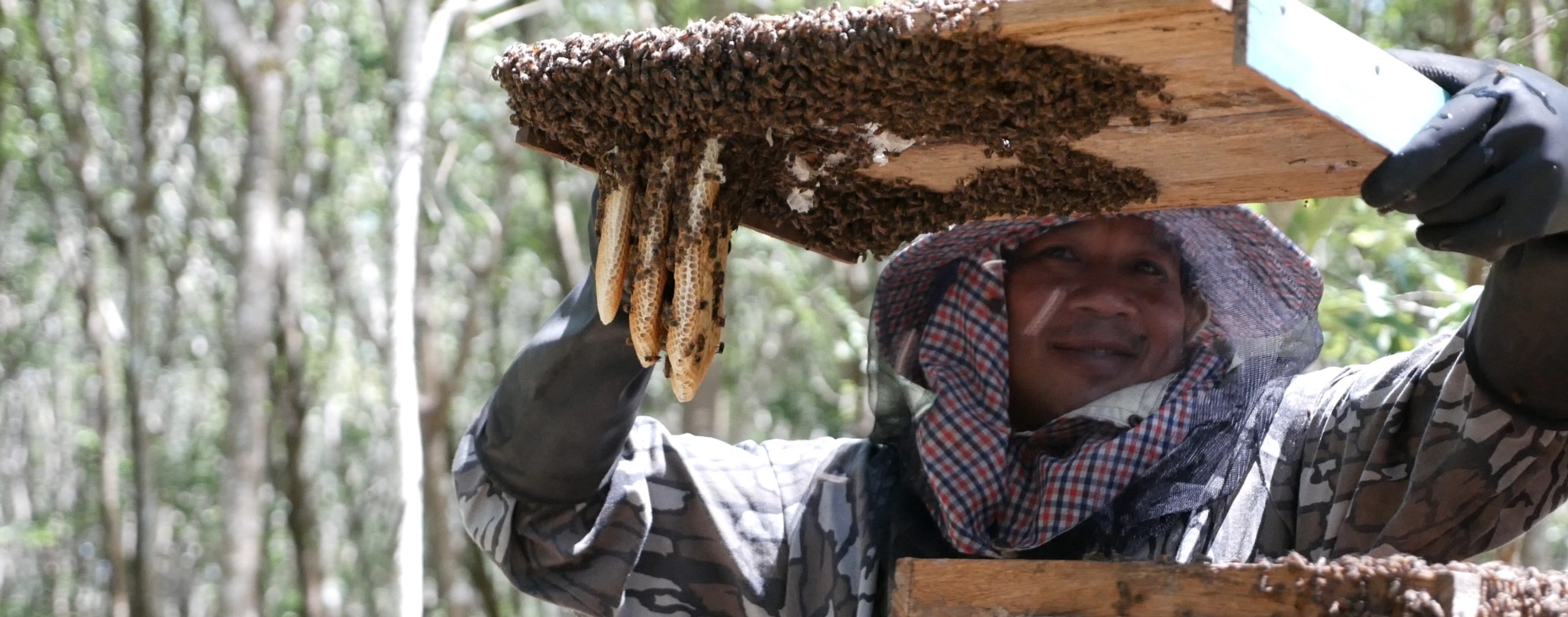
© Mangrove Action Project
Similar to fish, crustaceans and mollusks are a valuable commodity of mangroves. A different set of skills is needed to finesse a shy mangrove crab or clam out of the thick mud beneath mangrove roots, but the shellfish are highly valued for restaurant markets and as a source of food.
A more subtle benefit of mangrove forests is the trees’ contribution to improved water quality. Mangrove root systems hold down sediment–preventing soil from washing out and smothering coral polyps and nearby seagrasses, absorb agricultural fertilizers–like nitrogen and phosphorous that can cause algal blooms and massive fish die-offs, and potentially pull heavy metals like copper and arsenic out of the water–reducing toxicity to humans and the rest of the ecosystem. Coral reefs (and therefore fishers and tourists) are one of the biggest benefactors of water quality improvements because they are highly dependent on mangroves to shelter young fish before reaching maturity, moving out to open water, and becoming a vibrant part of reefs.
Read about a mangrove protection initiative in northeastern South America
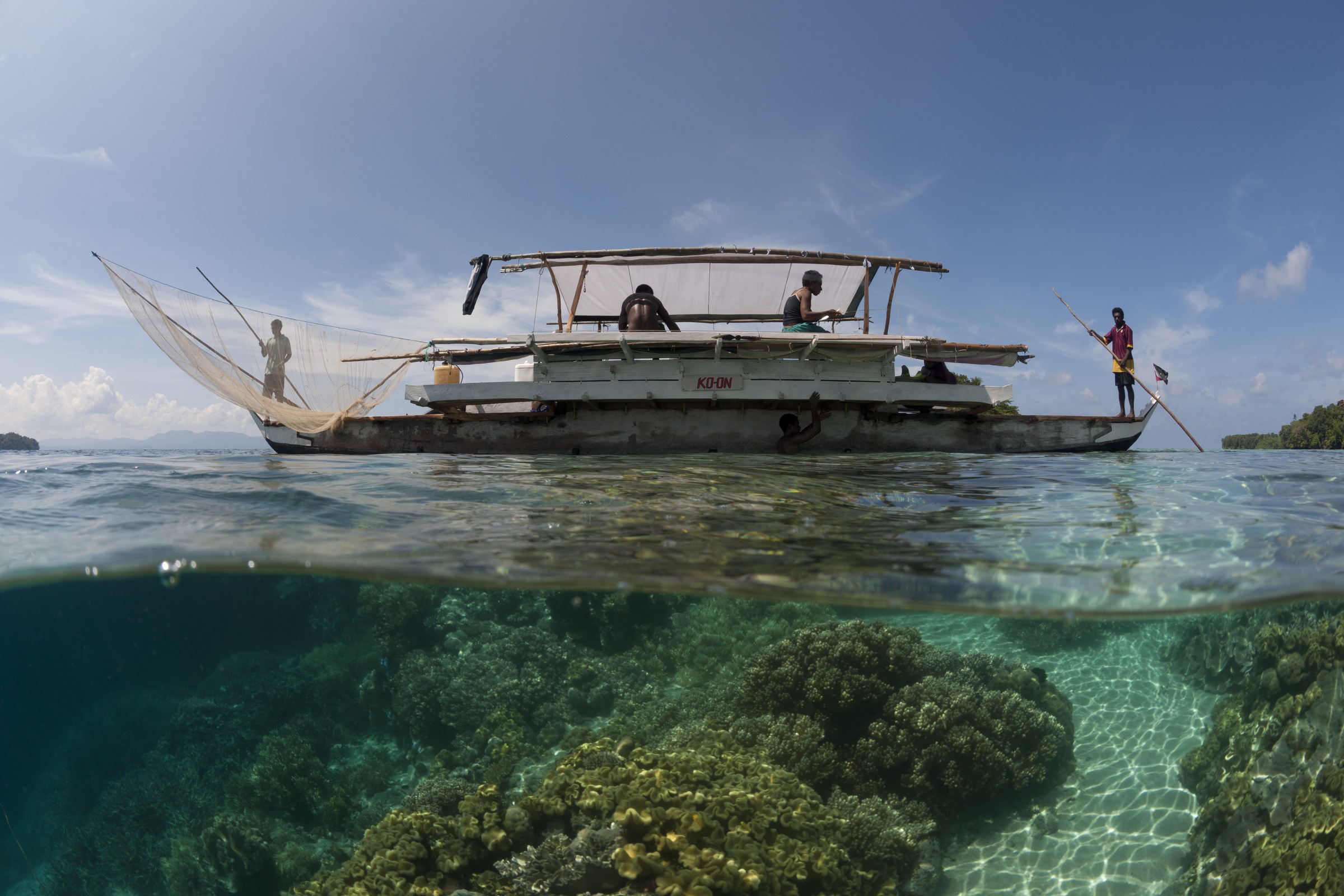
© Jürgen Freund / WWF
Not surprisingly, tourism can be a major plus of a well-protected and maintained mangrove forest. Aside from visiting coral reefs, fishing, and purchasing honey products, mangrove forests can be great places to find unique or endangered birds, mammals, and reptiles. Because mangroves thrive along warm saltwater coasts, the unique setting produces extraordinary wildlife and elevated biodiversity. Kayaking through mangroves at different times of day can provide unique experiences, such as birdwatching (daylight) and firefly shows (evening).
Although aquaculture has too often come at the expense of mangrove forests, shrimp farming was not always so destructive. Traditionally, communities in Southeast Asia established shrimp corrals among mangrove trees, allowing the trees to thrive alongside farms. Encouraging this mutualistic farming style is beneficial to both ecosystems and people, and farms can expand to include seaweed, cockles, fish, oysters, and mussels that are sold to markets or consumed.
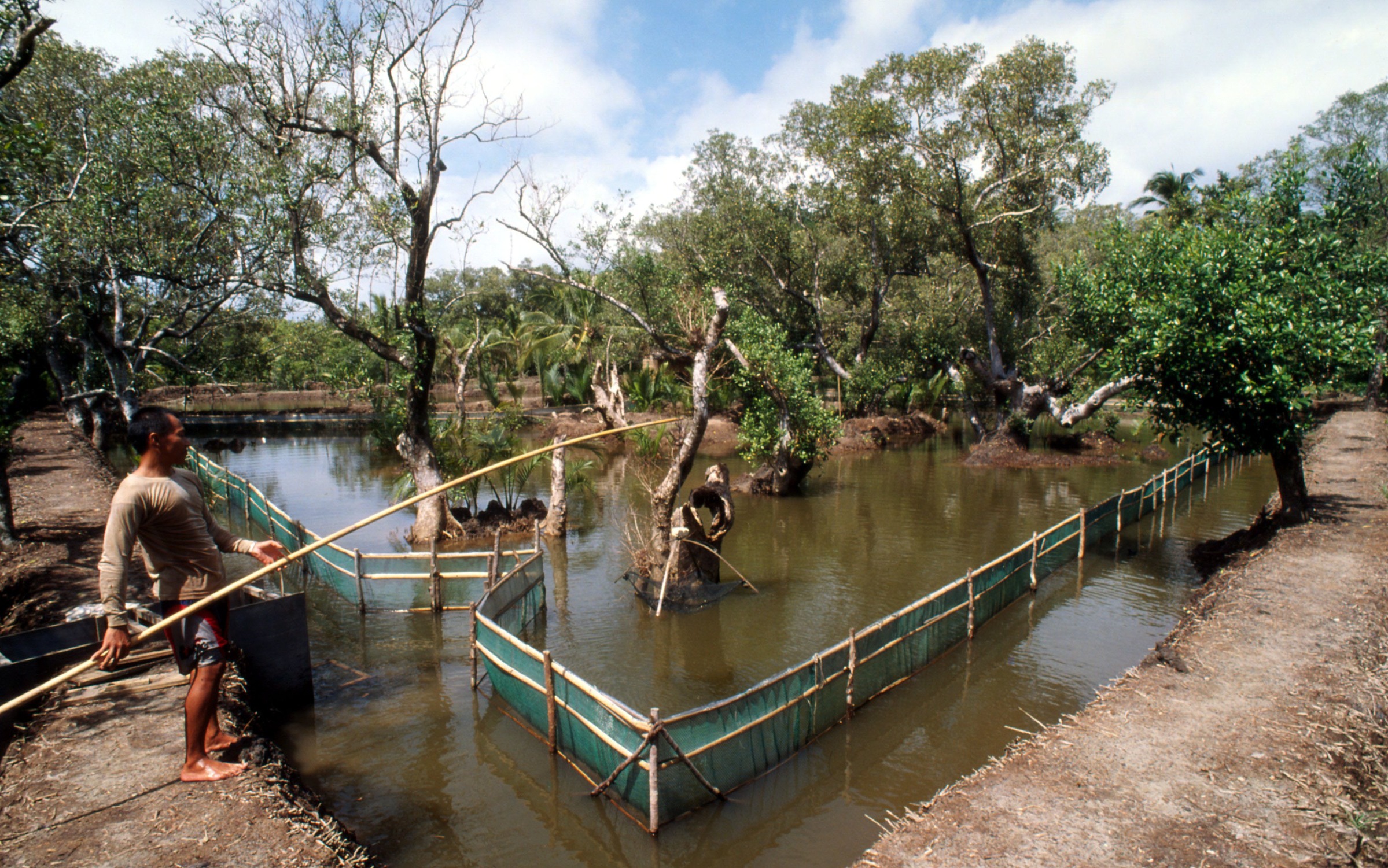
© Jürgen Freund / WWF
If harvested sustainably, collecting parts of mangrove trees for medicine could prove very useful. Traditionally, tropical coastal communities have looked to mangroves for aid when struck with disease or infection, and scientists have been researching the potential for mangrove’s medicinal properties in laboratory studies. Roots, stems, leaves, and fruits all could bear benefits, such as protection against common pathogenic bacteria (causing a range of problems, like food poisoning, pneumonia, cholera, staph infections and more), use as larvicide against disease-carrying mosquitos, antifungal and antiviral properties, and possibly more. More research and confirmation of traditional knowledge is needed before mangroves are used regularly as medicine, but it is a promising possibility.
Governments are increasingly including coastal ecosystems, like mangroves, in climate commitments because of how well these trees capture and store carbon. There is a market for supporting this approach, called carbon crediting, that encourages countries to back each other in their commitments. The credit system allows countries that are heavy carbon emitters to pay countries that are actively working to lower or eliminate carbon emissions. The money earned can then be used towards community initiatives, like clean water pumps and children’s education, lifting the community up as it helps to keep them, and the whole world, safe from the residual impacts of climate change. Kenya’s Mikoko pamoja project is an excellent example of using mangroves towards carbon credits for a coastal community.
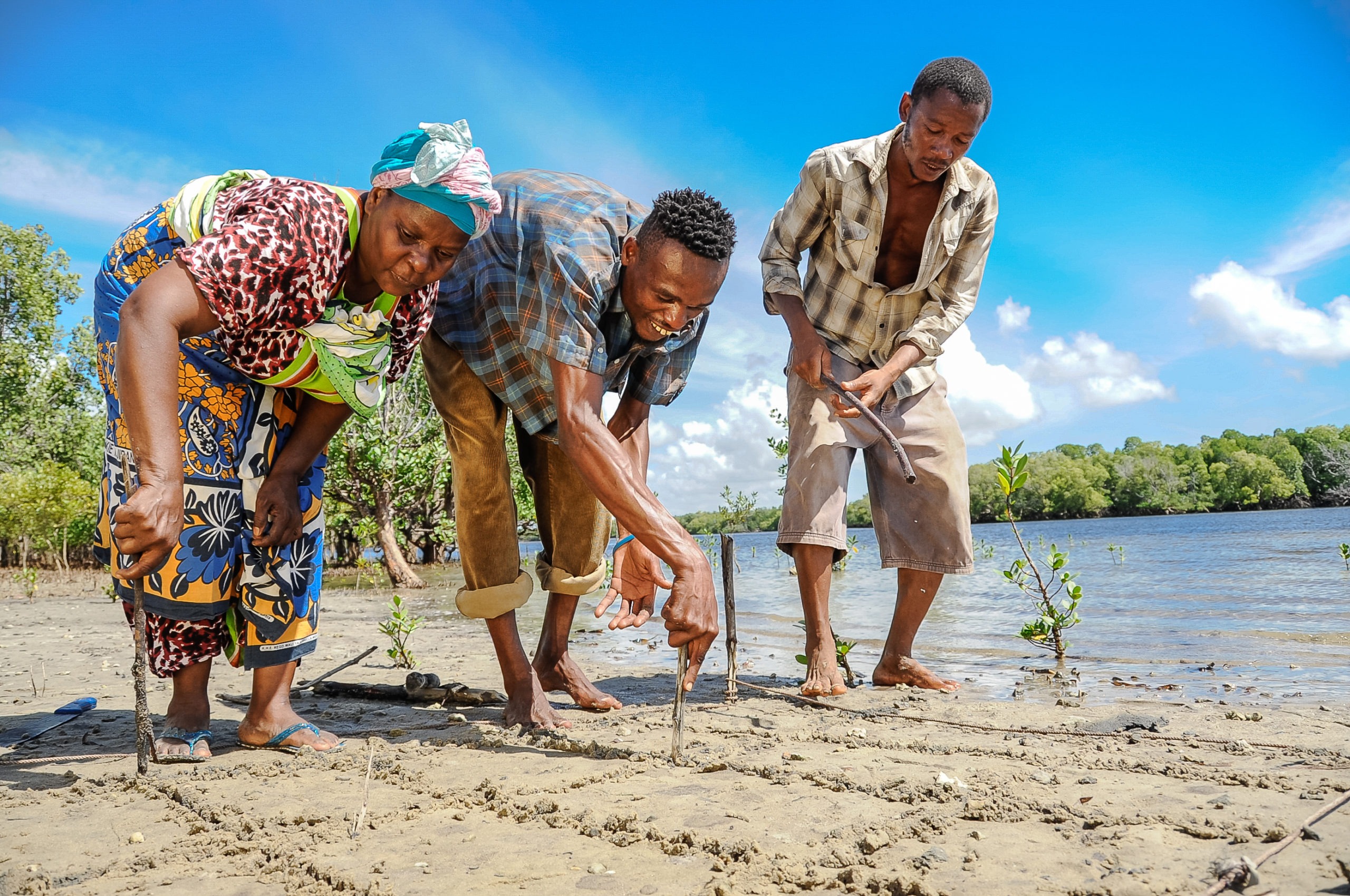
© Mikoko Pamoja Project